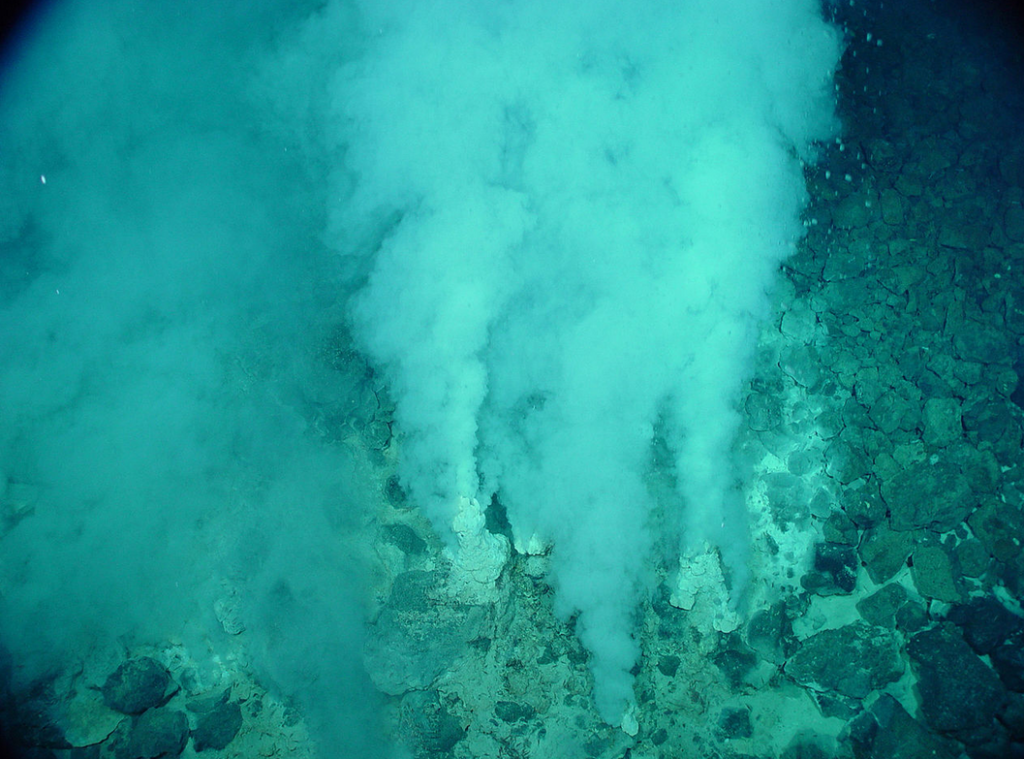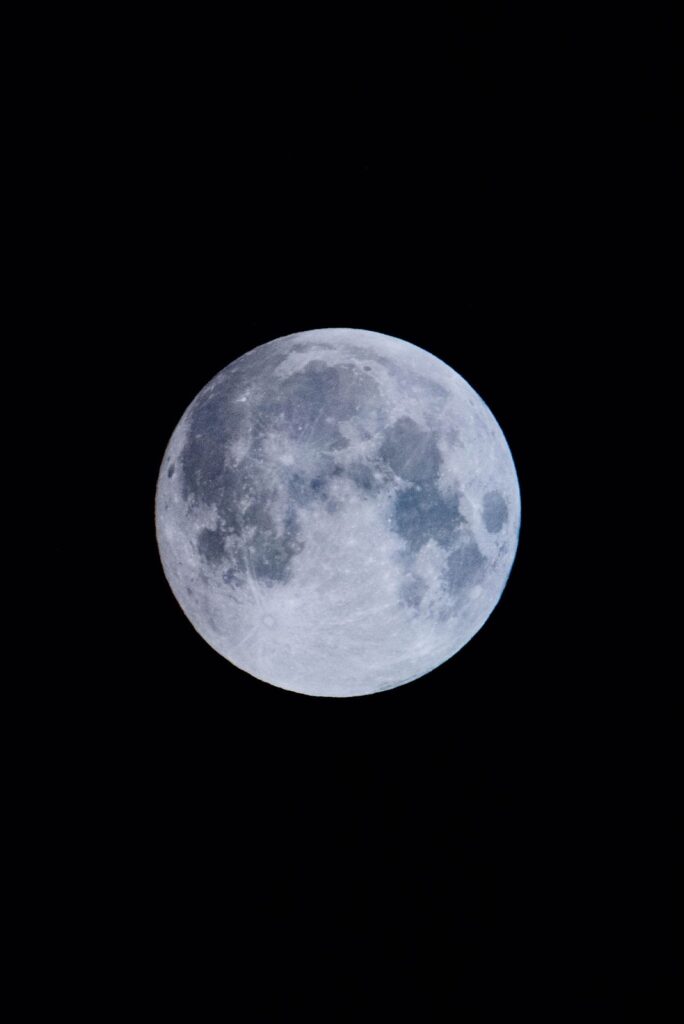Going out on a clear morning you can often see the sun rising in the sky but have you ever wondered what it is made of? In this article we are going to learn more about the huge orange ball that crosses our sky in search of the answer as to what this source of human life is actually made of.
The Sun in Religion
To our ancient ancestors the giant orange orb in the sky which chased away the dangers of the dark must have seemed miraculous. It is little wonder then that the sun has been present in ancient religions and has actually been central to a few.

In the 25th and 24th centuries BC for example peoples of Egypt worshiped the Sun God Ra or Re. This would become one of their civilization’s most important deities and his worship surrounded the midday sun.
Other societies in Indo-Europe and Meso-America also independently formed their own forms of sun worship bringing about beliefs in gods and goddesses such as:
- Helios
- Apollo
- Aurora
- Sol
- Beiwe
- Wala
- Alaunus
- Koyash
- Amaterasu
- Aryaman
- Ah Kin
- Nanahuatzin

What Is the Sun?
The orb that is visible in our daylight sky which we know as the sun is in fact a star. This star is over 4.5 billion years old and is classified as a yellow dwarf star. Central to our solar system, earth and the other planets orbit this vast star. In fact it is our own planet’s rotation and orbit which creates the appearance of the sun moving across our sky. It itself is stationary as we revolve around it.
Situated 93 million miles (150 million kilometers) from our planet the sun is imperative to our existence on this planet. Without this glowing orb life on this planet would cease to exist.
Why Is the Sun Important to Us?
Billions of years ago discs of swirling dust and elements were brought together through a process known as Accretion. In basic terms accretion is the accumulation of particles into a more massive object through gravitational attraction.
Essentially matter, typically gaseous matter, is drawn to a central point often creating a so-called accretion disc. This process is believed to have formed astronomical objects, such as galaxies, stars, and even the planets.
It was through this process the planet earth was formed but without the sun our planet would be little different to many other lifeless planets. It is proximity to the sun that helped to kickstart life on this planet.
What the Sun Did
The high energy ultraviolet radiation from the sun is actually hazardous to all life however it was this energy that would play a pivotal role in creating life on earth. It was this energy that would provide the power to turn simple organic molecules into more complex ones. These more complex organic molecules would in turn become what is known as the building blocks for life.
Over billions of years these organic molecules became single cell organisms and then multicell organisms. As time progressed the gaseous makeup of the atmosphere would change and the protective gas layers helped filter the worst radiation from the sun.

Life would evolve and thrive including both flora and fauna species with the planet seeing multiple phases of species die off and be replaced. Throughout this all the sun served as a power source feeding the plant life which then were consumed by the living creatures.
In terms of this planet’s history human existence represents a mere fraction. In fact modern day humans only date back between 40 – 50 thousand years on this planet having been pre-dated by other hominid species by several hundred thousand years.
How Big Is the Sun?
The sun on a clear day is visible from the earth and in fact we should never stare directly at it. This is despite it being 93 million miles away so just how big is this giant orange orb? Scientists estimate that the sun has a radius of roughly 435,000 miles.
This may sound massive but there are many known stars which are much larger. In comparison to our planet however the son is roughly 330,000 times the mass of earth and we could fit our planet into the sun 1.3 million times.
What Are the Sun’s Nearest Neighbors?
There are billions of stars in this universe but the sun is the only one in our solar system. The next nearest stars are the Alpha Centauri triple star system which includes a red dwarf star known as Proxima Centauri (4.24 light-years away) and the two Alpha Centauri stars A and B (4.37 light-years away). The light that reaches us from these stars is a little over 4 years old by the time we see it.
Does the Sun Have Any Moons?
The answer to this question is technically no, the sun does not have any moons. Despite the fact that the sun exerts gravitational force on the planets of our solar system to keep them in orbit around itself, it does not technically have any moons.

The planets that orbit the sun do have moons but these are considered the moons of the specific planets and not moons of the sun itself.
Does the Sun Have Rings?
Astronomers can see dust circling the sun which is evidence of how it was formed billions of years ago and at some point there would have been rings around the sun as it formed. Today however there are no rings around the sun although some planets in the solar system exhibit the kind of rings the sun may have had a long time ago.
What Holds the Sun Together?
The sun because it is a star is actually a huge ball of gas which is held together by its own internal gravitational forces. It is made up of several regions which include in order from the center out:
- Core
- Radioactive zone
- Convection zone
- Photosphere
- Chromosphere
- Transition zone
- Corona
Once material exits the corona of the sun at supersonic speeds, it becomes what is known as a solar wind. This solar wind forms a huge magnetic bubble of sorts around the sun which is known as the heliosphere. It is this heliosphere that extends beyond the orbit of all the planets in our solar system. Essentially our planet as well as all others in the solar system are held within the sun’s atmosphere.
What Is the Sun Made Of?
Finally we come to the big question: what is the sun actually made of? As mentioned it is a huge ball of gas which comprises hydrogen and helium. These gases are constantly burning producing the radiation that reaches out into the universe. The temperature in the sun’s corona reaches 3.5 million degrees Fahrenheit.
How Do We Know What the Sun Is Made Of?
We’ve never been to the sun and if we had we would have died thousands of miles before we got there so how can we know the exact composition of the sun? The answer is the use of a technology known as spectroscopy.
Using this technique we are able to estimate the sun is 74% hydrogen and 25% helium with a few undetermined elements making up the remaining 1%. It is nuclear fusion between the hydrogen and helium initiated in the sun’s core that releases vast amounts of energy.
Will the Sun Die One Day?
We know that stars eventually burn out and this will inevitably one day happen to our sun. However unless you are reading this billions of years in the future the sun burning out is not your immediate environmental concern.

Experts estimate the sun will burn out in roughly 10 billion years. It should be noted however that heading into this process the sun will change and in about 5 billion years it may become a red giant. Still though, nothing for us or even hundreds of generations of our family to worry about. So if someone tries to tell you that solar power is a finite resource they are very wrong.
Final Thoughts
The bulk of the sun is made up of two gaseous elements: hydrogen and helium. These gases combine under nuclear fusion to create vast amounts of energy which emanates out into the universe. This energy is key to our survival on the planet.
